Achieve clearer skin with chemical peels, dermabrasion, fillers and laser resurfacing
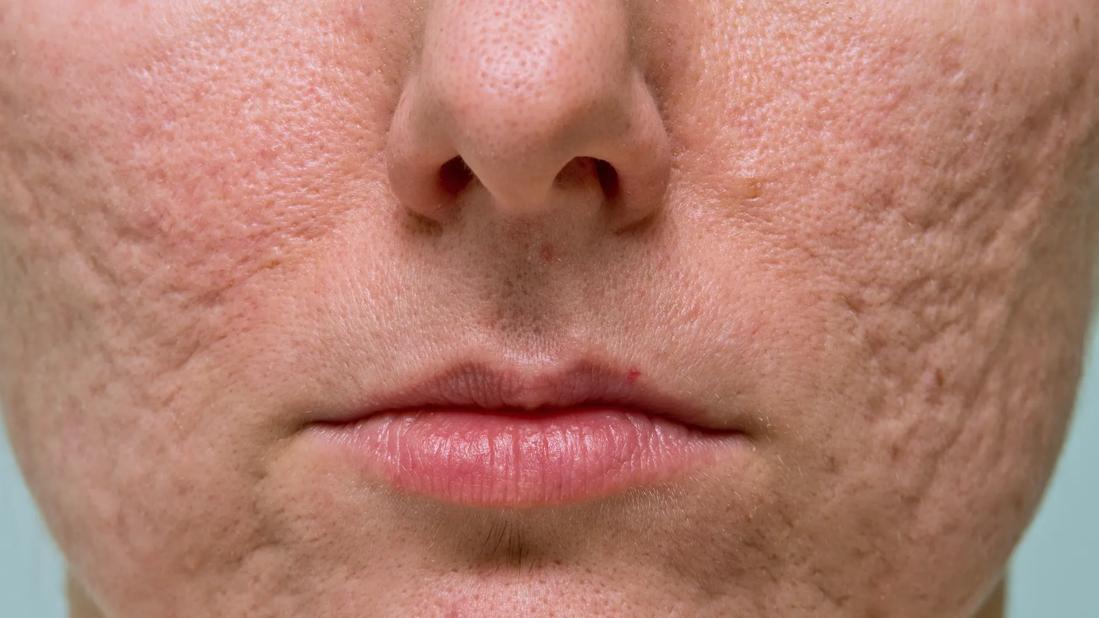
Acne is every teen’s nightmare, and acne can sometimes even extend into adulthood. But long after pimples clear up and the redness and irritation are gone, some of us carry unwanted reminders: scarring. Unsightly scars left behind from acne can be tough to bear.
Advertisement
Cleveland Clinic is a non-profit academic medical center. Advertising on our site helps support our mission. We do not endorse non-Cleveland Clinic products or services. Policy
But whether your acne scars are raised or sunken, there are several good ways to mask or minimize them — think laser resurfacing, chemical peels and microneedling.
“I’m always amazed at how much healing the skin can do once you get the inflammation under control,” says dermatologist Amy Kassouf, MD.
Dr. Kassouf explains the best acne scar treatments that are available and how they can help minimize your acne scars.
Acne is a common skin condition affecting about 80% of those between the ages of 11 and 30 at some point. It can be on your face, chest, back and shoulders. It may seem like the irritation will never go away, but it does. When it goes away, you may be left with acne scars.
Although it’s not possible to get rid of your acne scars quickly, it’s never too late to treat them. Teenage patients may have to wait until their early 20s before undergoing treatment to make sure there’s little risk of future acne flare-ups.
While there are plenty of over-the-counter products that claim to improve a scar’s texture, color and appearance, there’s no real way to get rid of acne scars naturally and at home. Over-the-counter products may include the following ingredients:
Advertisement
But your best bet is to consult a dermatologist. First, they’ll focus on getting your acne under control. The fewer breakouts you have, the fewer scars you’ll get. And the good news is that not all acne scars are permanent.
When your doctor turns attention to the scars your acne has left behind, they’ll typically explore the following treatment options.
Vascular-specific lasers target blood vessels and can help lighten flat or raised scars that are pink or purple and help flatten raised scars. Doctors often use fractional or carbon dioxide ablative lasers to treat acne scars.
“Afterward, the skin is swollen and red, and may bleed, for up to five days,” says Dr. Kassouf. “Also, you may need between three and five treatment sessions.”
Laser treatments aren’t just for acne. Doctors use lasers to treat other types of scarring as well, including those from burns, skin cancer and tattoo removal.
Your dermatologist may apply a chemical solution to your skin. This causes it to blister and eventually peel off, creating new, regenerated skin that’s usually smoother than the old skin.
Peeling typically causes redness, and sometimes swelling and cold sores, for up to seven days. This treatment is also less expensive because you’ll usually only need one treatment session.
“Lasers are more precise, so if a chemical peel doesn’t work, people often try laser,” Dr. Kassouf notes.
Also known as collagen-induction therapy, microneedling uses either a fine-needle roller or pen device to create tiny holes in the top layer of your skin. The procedure stimulates collagen production, which helps improve fine lines and skin texture.
Redness occurs afterward and typically lasts a couple of days. Most people will need four to six microneedling treatments for best results.
Your doctor may use more than one type of treatment, too, depending on your needs. For instance, they may treat some scars with a laser and others with microneedling.
“When you have damaged skin, no treatment will make it look perfect again,” states Dr. Kassouf. “But, depending on its severity, an acne scar can diminish by as much as two-thirds after treatment.”
If you have a pitted scar that won’t heal well with standard treatment, your doctor may opt for punch excision.
“This is where the whole scar and hair follicle are removed prior to resurfacing,” explains Dr. Kassouf.
A round tool is used to completely remove a scar by puncturing the top layer of skin. Then, skin sutures are used to close the area, which should result in a smaller, flatter scar that fades over time.
Advertisement
Another treatment that may be helpful before any of the lasers or peels is called subcision, a procedure that involves releasing a scar that’s bound to the muscle or deeper tissues so that it can move freely again.
This technique, which uses a surgical probe or needle, is used with deeper scars to bring them to the surface to enhance their response to the laser, chemical peel or microneedling.
You may notice minor bruising for about one to two weeks after treatment.
Yes, fillers are typically used to treat wrinkles. But they can also be used to help with sunken acne scars.
Hyaluronic acid fillers like Restylane® and Juvederm® help plump your skin and can smooth out any sunken areas, while collagen fillers like Bellafill® lift the acne scar and can add volume.
Sculptra®, which is a poly-L-lactic acid filler, works over time by stimulating collagen production to raise any recessed acne scars.
Your doctor may also suggest an autologous fat transfer, in which fat from another part of your body is harvested and injected into the acne scar area.
For all varieties of filler, you may experience swelling, redness and discoloration. And depending on what type of filler is used, you may need multiple treatments.
Advertisement
Similar to laser resurfacing, dermabrasion uses a special tool that creates friction to remove your skin’s top layer. Think about it as a “sander” that smooths your skin.
Once that top layer of skin is removed, a moist dressing will be applied to help it heal, which can take a couple of weeks.
Microdermabrasion is similar to dermabrasion, but typically involves multiple treatments with shorter recovery times. Microdermabrasion doesn’t go as deep or leave as permanent of a change as laser treatments but is less expensive and requires less preparation.
A common treatment, steroid injections can be used to flatten raised acne scars. You’ll need multiple treatments before you see any noticeable difference.
Side effects can include mild pain, bruising and possibly bleeding. Alternating injections with laser treatments can often enhance results.
Acne can be related to medications or other supplements, so always review medicines like birth control and workout supplements with a doctor.
There are a few things you can do to reduce your risk of getting acne scars:
Advertisement
Scarring can happen at any age, no matter if you’re a teenager and your hormones are changing or you’re an adult. Sometimes, when adults lose weight or lose elasticity in their skin as they age, scarring from years past becomes more evident.
“For other adults, they just find that the time is finally right to take care of themselves,” Dr. Kassouf says. “I had a 60-year-old who said she has dealt with this scar all her life and wanted to do something about it. I’ve seen beautiful results with adults.”
Learn more about our editorial process.
Advertisement
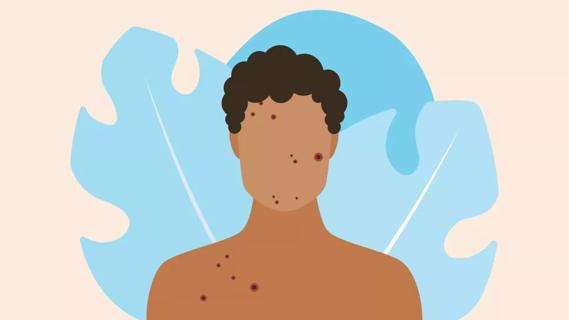
As you age, hormones can continue to play a big role in breakouts
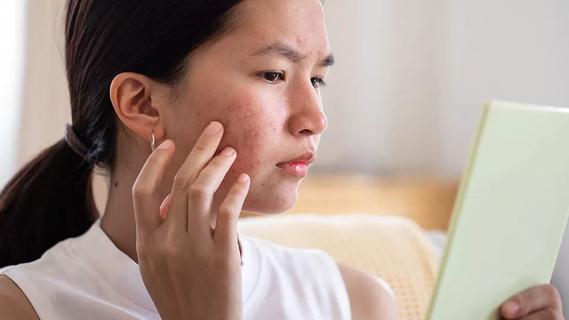
Some remedies might help banish breakouts, but others are best avoided
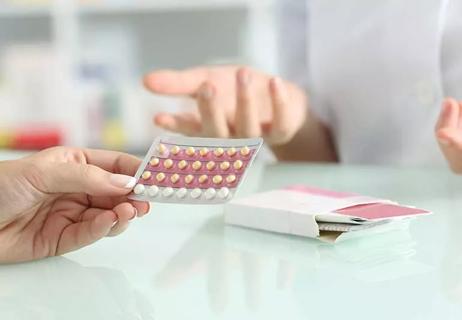
Birth control pills with estrogen are best for fighting hormonal acne
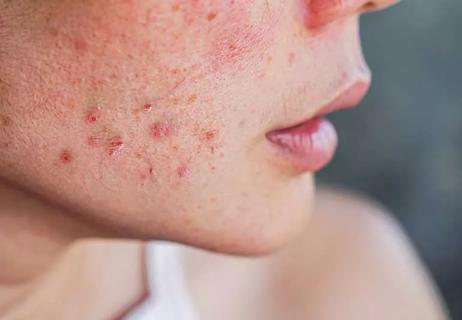
Hormone fluctuations impact oil and sebum production, creating painful, tender pimples
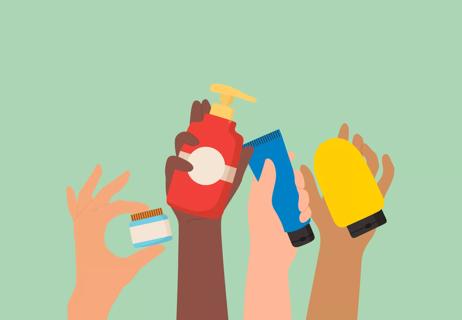
Look for a formula with either benzoyl peroxide or salicylic acid
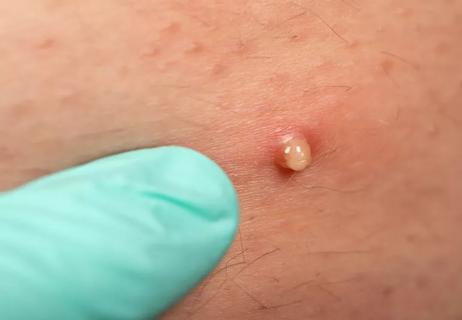
Those bumps on your butt probably aren’t pimples
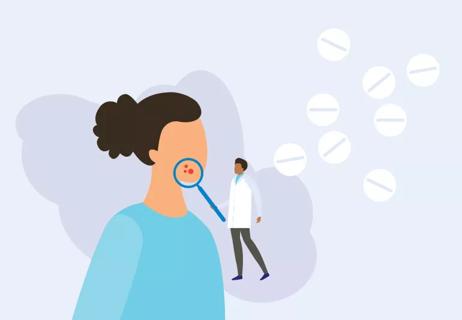
This medication helps reduce androgen hormones, which produce oil-clogging sebum

OTCs that can help treat teen acne, and getting into a skin care routine, can go a long way

If you’re feeling short of breath, sleep can be tough — propping yourself up or sleeping on your side may help

If you fear the unknown or find yourself needing reassurance often, you may identify with this attachment style

If you’re looking to boost your gut health, it’s better to get fiber from whole foods